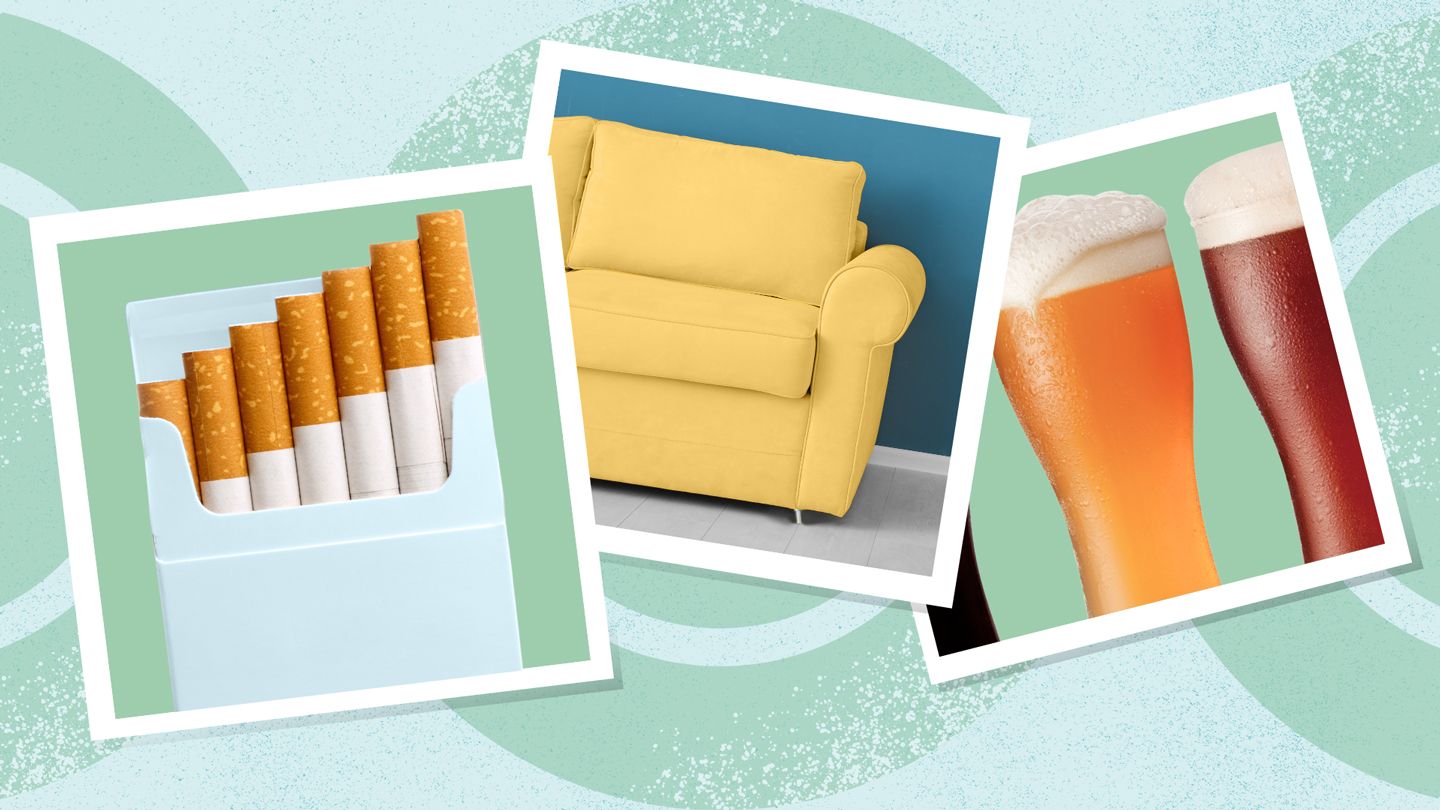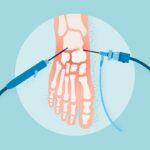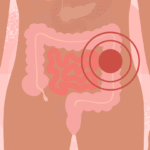“Longer exposure to risky behaviors is more harmful for both health and mental well-being,” says the study’s lead author, Tiia Kekäläinen, PhD, a senior researcher at Laurea University of Applied Sciences in Vantaa, Finland.
“These unhealthy behaviors are additive and can become part of the daily routine for someone,” says Kaushik Govindaraju, DO, an internal medicine physician at Medical Offices of Manhattan in New York City, who was not involved in the research. “Before you know it, it becomes hard to reinvent your habits, further complicated by external life factors — family planning and stress, job stress, and poor baseline metabolism and fitness markers.”
Bad Habits Were Tracked From Early Adulthood
The study, published in the Annals of Medicine, examined the cumulative effects of heavy drinking, smoking, and physical inactivity on mental and physical health over three decades. Most previous research has followed people from middle age to old age, but this new study tracked people from early adulthood.
“We had a longer follow-up than most previous studies and considered both subjective experiences and health indicators as outcomes,” says Dr. Kekäläinen.
The study revealed that the effects of these risky behaviors were apparent by the time study participants reached age 36 — a significant finding, since research often begins tracking study participants at this age.
Researchers Evaluated People at Ages 27, 36, 42, and 61
The study used data from the Jyväskylä Longitudinal Study of Personality and Social Development, which followed hundreds of participants born in Finland in 1959 from childhood to their early sixties.
Researchers collected information on the participants at ages 27, 36, 42, and 61. Using medical records, they compiled metabolic risk scores based on blood pressure, waist size, and levels of blood sugar, cholesterol, and blood fat. Study participants also completed regular surveys about their lifestyle, including their habits and how they felt physically and mentally.
Depressive symptoms and psychological well-being were measured on a scale of 1 to 4, self-rated health on a scale of 1 to 5, and metabolic risk on a scale of 0 to 5.
Researchers found that people who smoked, drank heavily (defined in this study as having about 10 drinks per week for women, 14 for men), and didn’t exercise at any point had worse mental and physical health than participants who didn’t engage in the behaviors. Having all three long-term was even more strongly linked to overall poor health.
Some key findings:
- Having all three behaviors long-term was associated with a 0.38-point increase in depressive symptoms; 1.49-point increase in metabolic risk; 0.14-point decline in psychological well-being; and 0.45 drop in self-rated health.
- Heavy drinking alone was linked to increases of 0.21 points in depressive symptoms and 1.03 points in metabolic risk, and a 0.62 decline in self-rated health.
- Smoking was associated with a 0.15 increase in depressive symptoms and a decrease of 0.08 in self-rated health.
- A lack of physical activity led to a 0.89 increase in metabolic risk scores and 0.31-point decrease in self-rated health.
“Risky health behaviors had partly different associations: Smoking was mainly associated with [poorer] mental well-being, while physical inactivity was linked to poorer physical health,” Kekäläinen says. Heavy drinking was associated with declines in both mental and physical health.
Tobacco, Alcohol, and Inactivity Are All Risky
Physical inactivity, smoking, and drinking too much alcohol are also all linked to high blood pressure, heart disease, stroke, type 2 diabetes, and a weaker immune system.
The Study Has Some Limitations
The research was limited to people born in Finland in 1959. Data was compiled from the Jyväskylä Longitudinal Study of Personality and Social Development, which began in 1968 with an initial sample of 173 girls and 196 boys.
The study was limited to just three behaviors: smoking, alcohol consumption, and physical activity. The researchers noted that future studies should factor in sleep, nutrition, and other behaviors to consider health more broadly.
Another limitation is that the health behaviors and outcomes were self-reported, which increases the risk of memory-related inaccuracies and social biases. The study authors also noted that “only a crude estimate” of risky behaviors was used, with each habit rated equally rather than being weighted.
The results are likely to apply to people born in Finland and other Western countries in the late 1950s and ’60s, the researchers noted, but may not be relevant to younger generations or people from other parts of the world due to changes in culture and society.
How to Take Steps to Improve Your Lifestyle
Whatever your age, Govindaraju recommends talking to a healthcare provider for help in improving your habits before they contribute to long-term issues.
“Your doctor will be able to help guide you, motivate you, and follow up with you to make sure you are hitting your goals,” Govindaraju says. “It is also important to notify your family and friends when you are attempting to quit smoking or drinking, so you have a support network for anything you may face physically and mentally.”
There are other ways to get help:
To Stop Smoking Contact the American Lung Association Lung HelpLine at 800-LUNGUSA.
To Stop or Cut Back on Drinking Alcohol use disorder is a treatable mental illness. For help reach out the National Alliance on Mental Illness’s HelpLine at 800-590-NAMI (6264) or text NAMI at 62640.
To Become More Physically Active Govindaraju suggests enlisting the help of a friend, using an app, or working with a trainer to help you stay accountable, and setting small goals that are achievable.
You may start seeing positive changes in how you feel within just a few weeks of quitting smoking, drinking less, and getting more exercise, Govindaraju says. And you’ll reap dividends.
“Pairing tobacco or nicotine cessation and alcohol moderation or cessation with at least 150 minutes per week of moderate-intensity aerobic activity and strength training leads to drastically improved long-term cardiovascular health,” he says. That can translate to lower risks of serious events like stroke and heart attack.
Read the full article here




